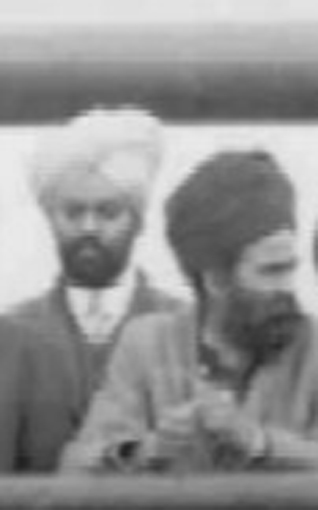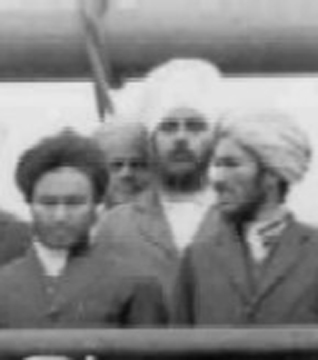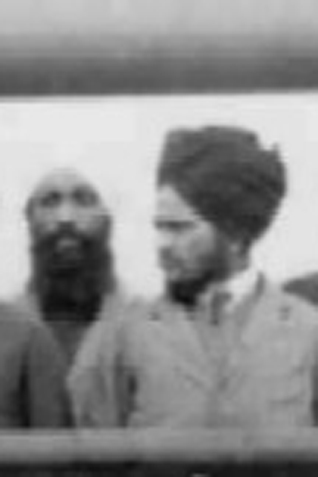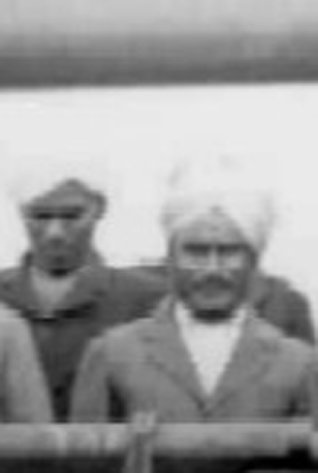History
The Saga of The Komagata Maru:
Part I
Compiled by PARDEEP SINGH NAGRA
As noted in the book Western Shores, “Do you remember the Komagata Maru?” is a question equivalent to enquiring whether you were in Vancouver in 1914 for there can be no doubt that every inhabitant of this thriving seaport got some excitement, amusement or indignation -- according to individual temperament – out of this affair, which assumed international importance at the time.
The story of Canada today is one deeply engraved with the institution of multiculturalism and open embracement of diversity.
One hundred years ago, however, the 376 passengers -- almost all Sikh -- of the Komagata Maru ship entered the waters of a very different Canada. They arrived in Canada in search of better opportunities -- being subjects of the same Empire and suzerainty as Canada -- but instead they found racism and hostility.
Immigrants, said the local racists and bigots, were not wanted -- meaning, of course, non-European immigrants. A shipload of Sikh immigrants therefore posed some sort of a threat to them.
Vancouver in 1914 was a time when the colour of your skin defined many things: Whether or not you could vote. In what neighbourhoods you might be accepted. Even if you ought to be here at all.
To know and understand the story of the Komagata Maru is to feel the hope, discrimination and determination of the 376 (mostly Sikh, with a handul of Hindu and Muslim) passengers felt as they fought for their right to be treated as equal citizens under British law.
The early decades of the twentieth century witnessed a dramatic population growth for Canada. A country of just over 5 million people, it accepted, on average, more than 200,000 immigrants from Europe and the U.S. every year between 1908 and 1914.
In the competition for new immigrants, Canada vied with other former colonies and settler states, including the United States. It offered the greatest incentives to Britons, northern Europeans and western Europeans, in that order. Massive advertising campaigns were mounted, enticing potential immigrants with the prospect of free passage to Canada and ample land to settle on. When the favoured sources started to dry up, Canada opened its doors to eastern and southern Europeans, among them persecuted groups such as Mennonites, Doukhobors and Hutterites.
Canada’s immigration strategy was based on the desire to build a nation imagined as a “white man’s country.”
As law professor Audrey Macklin has pointed out, during this era “the doctrine of white racial superiority was an ideological force pervading every level of Canadian society, almost without exception.”
In the early 1900’s in Canada, the small but growing population from the South Asian subcontinent in British Columbia was overwhelmingly Sikh. Discrimination against its native indigenous populations and anyone who was deemed not pigment-challenged -- that is not ‘white‘ -- was all-pervasive, especially in matters of emplyment.
Pink as a skin colour had been deemed ’white’ -- all else was ’coloured’. However, if you were rich and affluent could spend some time in the sun and acquire a bronze tan, you were considered privileged. If you were poor and had to work in the outdoors and then acquired a broze or darker tan, you were considered -- well, low class. If you had a darker hue due to birth and ethnicty, you were excluded from the mainstream altogether.
When a few thousand Sikh and other immigrants landed in Vancouver in the first seven months of 1907, with reports indicating that more were on their way, it caused a huge public hysteria.
Purposely ignoring the fact that they were Sikhs -- after all, they were already widely celebrated as the Empire's elite soldiers and deployed in every region of its occupied territories across the globe, and therefore quite well known -- they were disprangingly referred to in the racist media as "Hindoos".
In response to the new arrivals -- the "hordes" and "invasion" were two of the terms used -- the Vancouver chapter of the Asian Exclusion League called for a mass demonstration.
The march was clearly a front for the violent intentions of the mob, and predictably a riot broke out in Chinatown. Many of the Sikh and Asian owned businesses were vandalized and destroyed.
This hysteria reached all the way up to the top of the Canadian Government when Prime Minister Wilfred Laurier immediately set up a Royal Commission and appointed his protégé ...
To be continued tomorrow…
This article was compiled by Pardeep Singh Nagra, Executive Director of the Sikh Heritage Museum of Canada (www.shmc.ca) from various sources including “Undesirables“ by Ali Kazimi; Wikipedia; and the Vancouver Maritime Museum. The SHMC will be hosting an exhibition, screenings and a lecture series on May 24-25 to commemorate the legacy of The Komagata Maru.
Edited by sikhchic.com
May 4, 2014






